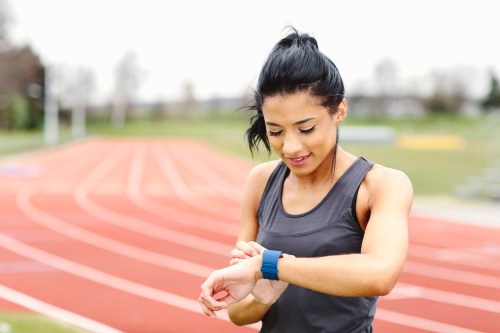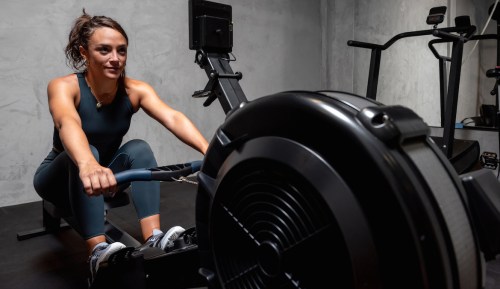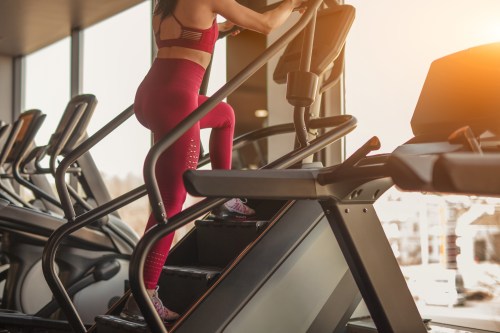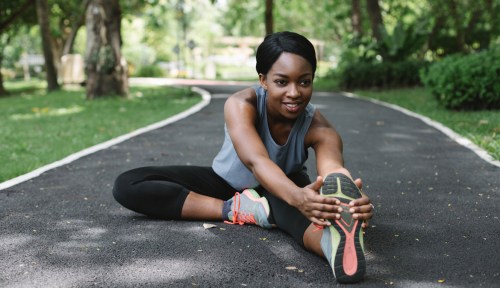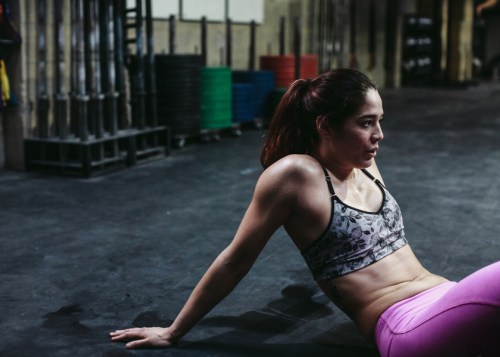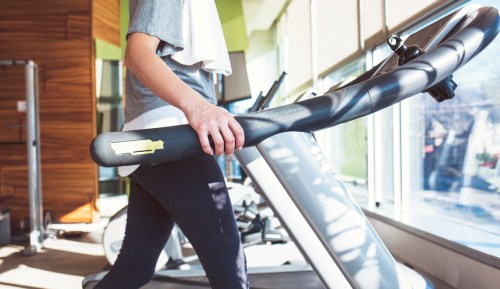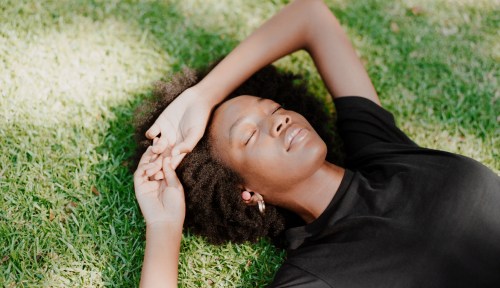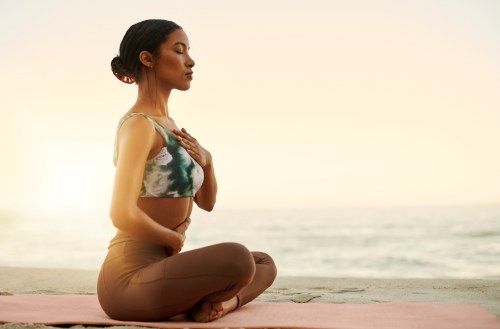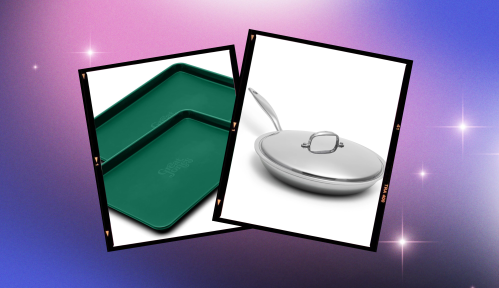Your Apple Watch is jam-packed with vital information about your health. It keeps track of everything from how much you’re standing to how many steps you’re taking, and celebrates every time you hit your daily goals in each category with a closed ring. But while all these stats are important, according to board-certified cardiac surgeon Brian Lima, MD, there’s one ring that stands above all the rest as the most important one to fill in every day: your exercise ring.
According to Apple, the exercise ring shows: “How many minutes of brisk activity you’ve completed, whether you’re just moving at a fast pace or doing a specific workout.” Ideally, you’ll be getting at least 30 minutes of this type of movement every day in order to close the ring.
“I’d have to say that completing your ‘exercise’ ring is the most important, because regular exercise is one of the American Heart Association’s Life’s Simple 7 Measures You Can take To Reduce Your Risk of Cardiovascular Disease,” says Dr. Lima. “By completing the exercise ring, you’re helping maintain not only your cardiovascular health, but also promoting your overall wellbeing, mental sharpness, self-esteem and other cascading benefits,” he says. And as he puts it: “When our heart is firing on all cylinders, the rest of your body tends to follow its lead.”
The goal, Dr. Lima says, should be to make daily exercise a “nonnegotiable part of your daily routine that’s right up there with brushing your teeth.” The good news, though, is that you don’t have to do it all in one sitting. While you certainly can build a 30-minute (or more) sweat session into your schedule, you can also take the Blue Zones approach and treat yourself to shorter exercise “snippets” throughout the day. No matter how you structure it—even if you’re doing one minute of work every hour, on the hour—it will count toward closing that ring.
Though exercise might be the most important from a heart-health standpoint, that’s not to say you should ignore the others. “Moving and standing are also important but are only indirectly correlated with those seven activities set forth by the American Heat Association,” says Dr. Lima. For example: It’s not to say that burning calories, which the ‘move’ ring tracks, isn’t important, but it should be accompanied by a heart healthy diet to keep your weight in check, your cholesterol levels down and your coronary arteries free of plaque.”
Likewise, moving consistently throughout the day can ensure that lactic acid doesn’t build up in your muscles. This can result in soreness or body aches that might keep you from wanting to work out consistently. So, in short, while you should still have an eye on closing all those rings every day, if you can only make one happen, go for the green. Need a little inspo to get that exercise ring completed today? Follow along with the video below.
Sign Up for Our Daily Newsletter
Get all the latest in wellness, trends, food, fitness, beauty, and more delivered right to your inbox.
Got it, you've been added to our email list.
